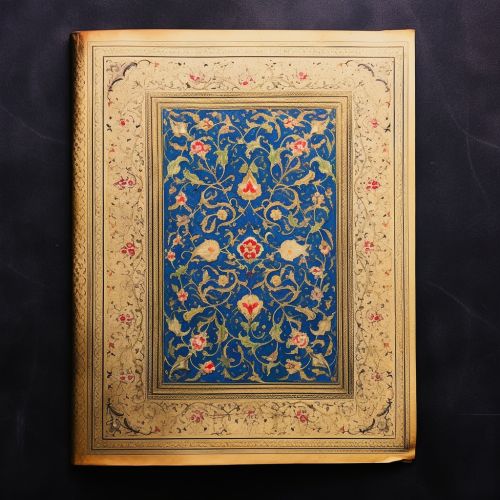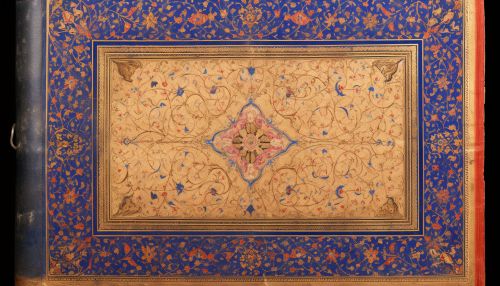One Thousand and One Nights
Origins and Development
"One Thousand and One Nights" is a collection of Middle Eastern folk tales compiled during the Islamic Golden Age. It is often known in English as the Arabian Nights, from the first English-language edition (1706), which rendered the title as The Arabian Nights' Entertainment.
The work was collected over many centuries by various authors, translators, and scholars across West, Central and South Asia and North Africa. The tales themselves trace their roots back to ancient and medieval Arabic, Persian, Indian, Egyptian and Mesopotamian folklore and literature. Some tales themselves trace their roots back to ancient and medieval Arabic, Persian, Greek, Indian, Jewish and Turkish folklore and literature.
In particular, many tales were originally folk stories from the Caliphate era, while others, especially the frame story, are most probably drawn from the Pahlavi Persian work Hazār Afsān (Persian: هزار افسان, lit. A Thousand Tales), which in turn relied partly on Indian elements.
What is common throughout all the editions of the Nights is the initial frame story of the ruler Shahryār (from Persian: شهريار, meaning "king" or "sovereign") and his wife Scheherazade (from Persian: شهرزاد, possibly meaning "of noble lineage") and the framing device incorporated throughout the tales themselves. The stories proceed from this original tale; some are framed within other tales, while others are self-contained.


Structure and Content
The One Thousand and One Nights and various tales within it make use of many innovative literary techniques, which the storytellers of the tales rely on for increased drama, suspense, or other emotions. Some of these date back to earlier Persian, Indian and Arabic literature, while others were original to the One Thousand and One Nights.
The main frame story concerns Shahryār, whom the narrator calls a "Sasanian king" ruling in "India and China". He is shocked to discover that his brother's wife is unfaithful; discovering his own wife's infidelity has been even more flagrant, he has her executed: in his bitterness and grief, he decides that all women are the same. Shahryār begins to marry a succession of virgins only to execute each one the next morning, before she has a chance to dishonour him. Eventually the vizier, whose duty it is to provide them, cannot find any more virgins. Scheherazade, the vizier's daughter, offers herself as the next bride and her father reluctantly agrees. On the night of their marriage, Scheherazade begins to tell the king a tale, but does not end it. The king, curious about how the story ends, is thus forced to postpone her execution in order to hear the conclusion. The next night, as soon as she finishes the tale, she begins (and only begins) a new one, and the king, eager to hear the conclusion of this tale, postpones her execution once again. So it goes on for 1,001 nights.
Influence and Legacy
The One Thousand and One Nights has had a profound influence on world literature, and the works it has inspired span multiple countries and genres. Elements and themes from the stories have appeared in many literary works, including the work of Marcel Proust, James Joyce, and J.R.R. Tolkien. In addition, the Nights has also inspired poetry, drama, and cinema, as well as video games and graphic novels.
The Nights is seen as a classic of world literature, and its influence is so broad that it is often overlooked. It has been compared to such monumental works as the Bible and the works of Shakespeare in terms of its universal appeal. The Nights has also been recognized as an important part of Islamic culture, and has been translated into many languages, making it one of the most widely read books in the world.
